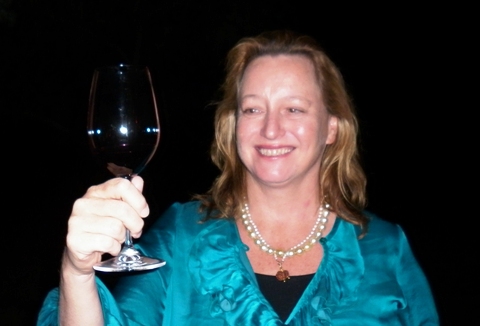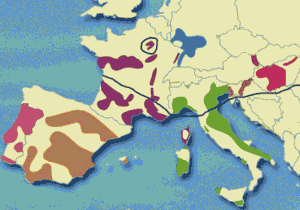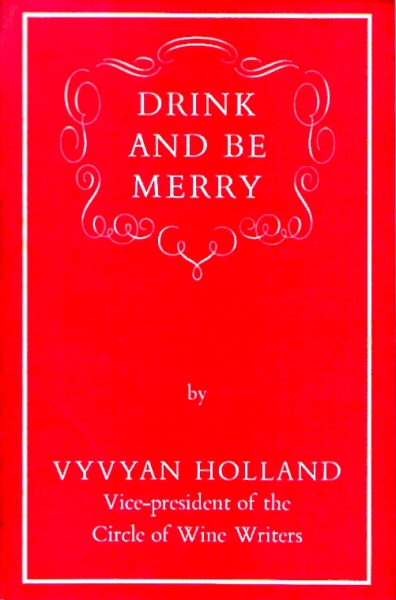Wine Etiquette.
Frangi from Melbourne writes, “My circle of friends are of an age where we are often asked to attend weddings and engagements. We don’t expect these functions to provide top class restaurant food and wine but the wine we’re served is usually awful. We call it “reception wine” and it is often of a quality that would strip the enamel off a hippo’s tusks. As a result, a friend has taken to sneaking in his own wine and surreptitiously drinks it instead of the provided stuff. Do you think this is proper behaviour for invited guests?â€
Hi Frangi, yes of course! I know that weddings etc. are not fine wine tasting events but the food and wine should be of a certain standard whatever the budget. And as the Bible tells us, did not Jesus, in his first miracle as a guest at a wedding in Cana of Galilee, turn the contents of six pots, each holding two or three firkins of water, into wine?
In my younger days the wines were also dodgy and the food was probably worse. Believe it or not, for years (still?) there was a hideous convention where men were served beef and the women fish or chicken – while the bridal party sneered from a dais helping themselves to top shelf tucker and booze.
Your friend has the right idea, though he might draw the line at taking a picnic hamper to some of the more infamous reception houses. And I can recommend a hip flask of Cognac and an emergency stash of Tabasco when you are entering unknown territory (including some restaurants, which shall remain nameless). It has worked for me.
I have only one thing to say to wedding planners: even if the bride has to wear a second-hand frock and the groom a pair of old Levis, make sure you look after the guests.



